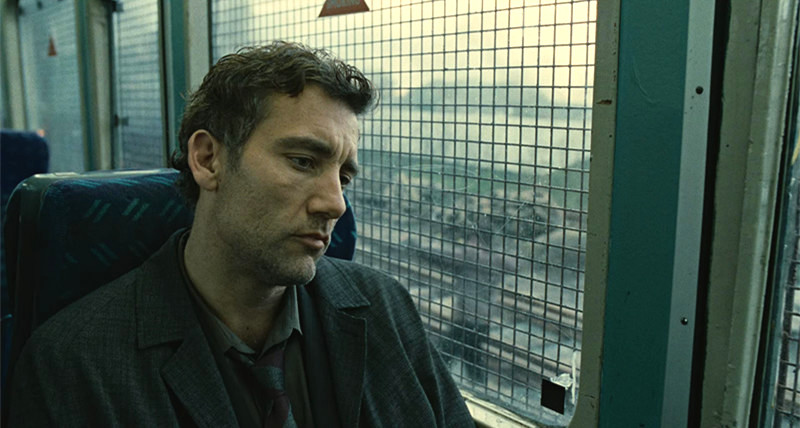
Alfred Hitchcock. Christopher Nolan. Ridley Scott. Steve McQueen. Britain is mostly known in the world of cinema for producing talented directors that eventually move out of the United Kingdom and across to the filmmaking big league of Hollywood. Often regarded as a spring board to bigger things abroad, Britain has never had the magnitude of the American film industry or the cinephile culture of France to tend to attract the best and brightest directors from overseas or entice back their exported talents. Rarely is it heard of for filmmakers to choose Britain as the foundation of their careers if they have the choice to be elsewhere.
Of course, there is much to be admired in the British film industry. From such historic studios as Elstree and Ealing to the contemporary likes of Aardman and Film4, globally-acclaimed films have been produced from these shores. Over the last decade in particular there has been large swathes of British films earning high-profile praise at the Academy Awards, such as 2010’s Best Picture winner The King’s Speech and 2015’s Best Picture nominees The Imitation Game and The Theory of Everything. All based on incredible true stories, these films are exemplary of what can be attractive about filming in Britain due to its long, tumultuous history. Furthermore, Britain is home to centuries of great art and literature that has had the power to entice many filmmakers that could not resist the opportunity to adapt an Austen or a Shakespeare.
There are many other reasons that non-British directors choose to shoot in the Isles of Britain. Sometimes they are anglophiles who admire the deep history and culture; sometimes they are critics who wish to scrutinise that very same history and culture; sometimes they are just fascinated by the differences and peculiarities. Some venture over only for their cinematic escapades, such as Michaelangelo Antonioni, whereas others choose to move permanently to live and work, as Stanley Kubrick famously did. For whatever reason foreign filmmakers choose to film in Britain, they provide an interesting outsider’s eye to a nation that is usually defined by the stories and history it has written about itself.
10. Symptoms (Jose Ramon Larraz, 1974)

A self-confessed anglophile, Britain was a first choice shooting location for Jose Ramon Larraz. Location is a key feature of all of Larraz’ U.K. set films as he captures the misty beauty of the British countryside; simultaneously soothing and ghostly that perfectly arouses the atmosphere for his quiet, eerie style of horror. Larraz made his two most celebrated films to this effect: the fantastique erotic-horror Vampyres and the unsettling psychological horror Symptoms. Starring Angela Pleasance and Peter Vaughn, Symptoms follows Helen (Pleasance) as she returns to her British country home with her new friend, Anne. However, the excursion begins to go downhill due to the frequent intrusions of the groundskeeper, Brady (Vaughn), and Helen’s deteriorating psychological wellbeing.
The opening shots of Symptoms immediately establishes the tone of the film to come. A tame, trickling river haunted by a ruminating mist above it, it is a perfect synthesis of the gothic beauty the British countryside is capable of emitting. The narrative from thereon suitably slowly unfolds, rarely increasing the pace from the melancholic establishing scenes. Homoerotic suspense simmers beneath the surface of Helen and Anne’s relationship while long bubbling tension between Helen and Brady begins to boil as their histories concerning Helen’s former friend, the mysterious Cora, are brought up again.
Although it contains no ghosts, Symptoms carries a paranormal air throughout as the increasingly isolated Helen mindlessly drifts around her manor home. Larraz’ film is often compared to Roman Polanski’s London-based psychological-thriller Repulsion due to its similarly paranoid protagonists and increasingly claustrophobic atmosphere. Symptoms constantly threatens the introduction of supernatural themes as Anne becomes concerned that there may be others living in the house after hearing voices and groans throughout the night; however, the origin of these noises transpire to come from closer to home. The scene in which Anne investigates the attic particularly is straight out of the ghost story repertoire and is concluded with a similarly shocking climax.
The first official British film to be entered at Cannes but largely forgotten now, Symptoms deserves a visit from any fans of Robert Wise’s The Haunting or Jack Clayton’s The Innocents.
9. My Summer of Love (Pawel Pawlikowski, 2004)
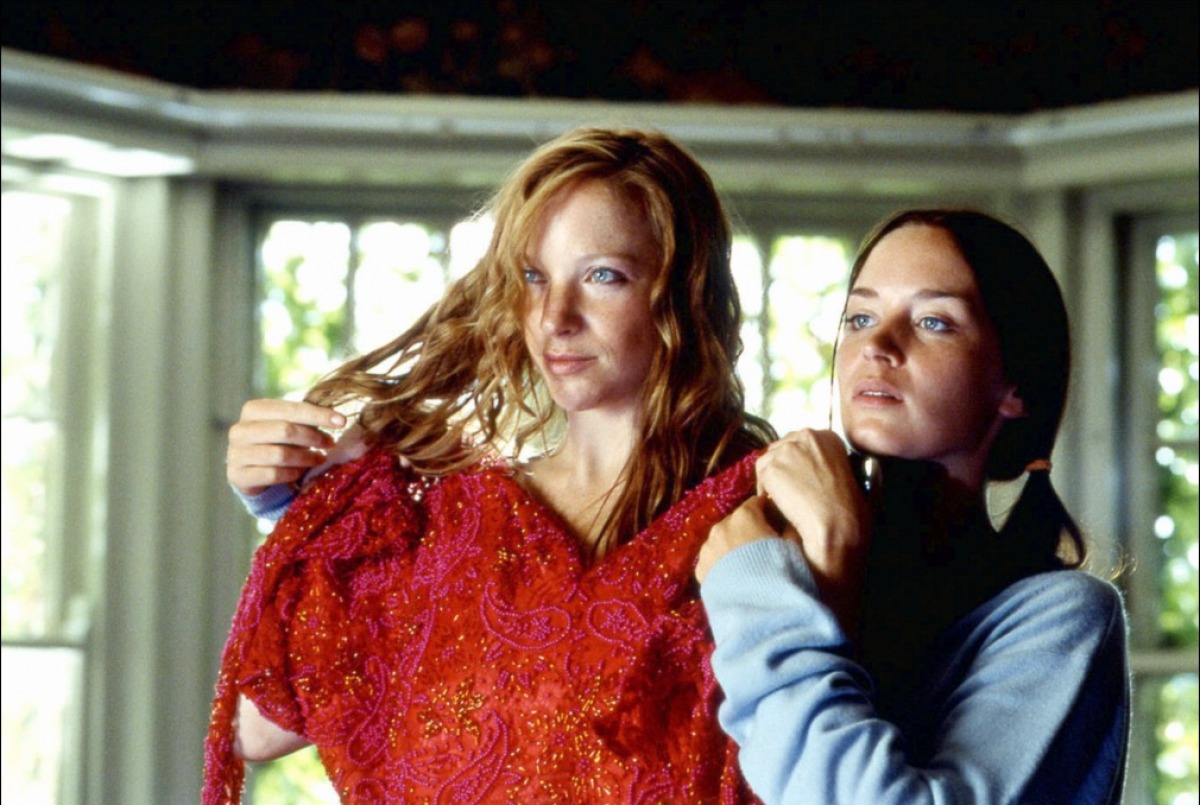
Pawel Pawlikowski may now be best known for the films he made in his native Poland but his career in feature fiction directing began in the United Kingdom. After fleeing across the Iron Curtain to Britain at the age of 14 with his mother, Pawlikowski went on to study literature and philosophy at Oxford University before going on to a career in documentary filmmaking until, eventually, he began making feature fiction films. His sophomore fiction feature, My Summer of Love, was met with acclaim, highlighting Pawlikowski’s potential as an important, promising director while also establishing Emily Blunt as an exciting acting talent as she makes her debut as the co-protagonist, Tamsin.
One of the only films on this list to take place north of the M25, My Summer of Love follows working-class, Yorkshire teenager Mona (Natalie Press) who lives in her deceased mother’s pub with her older brother Phil (Paddy Considine), a fervent born-again Christian recently released from prison that is still clearly struggling to control the personality that caused his incarceration in the first place. Stuck in a mundane existential crisis, she is not particularly interested in anyone or anything until the arrival of the upper-middle-class, Tamsin, who claims to have been suspended and sent home from her boarding school.
My Summer of Love explores the burgeoning romance between Mona and Tamsin as they bring a release of adventure and excitement to each other’s lives, riding out on Mona’s scooter together and experimenting with drugs and alcohol. However, as forewarned by the title, the love between the two girls is destined to be short-lived as the unpredictable Phil causes strain on their relationship and the truth behind Tamsin’s personal life begins to unravel.
My Summer of Love is a shining journey of nostalgia and reverie that reminds one of the frivolities of past adolescent summers and the formative first relationships that are now crystalised in memory and realised as the most ‘you’ you have ever been allowed to be.
8. 10 Rillington Place (Richard Fleischer, 1971)
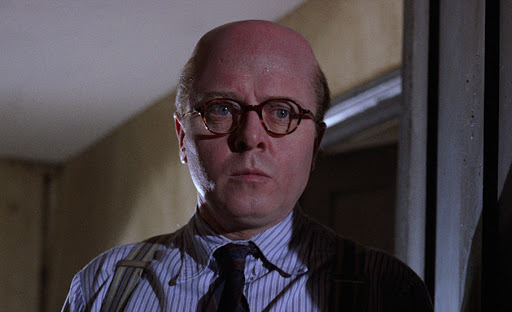
In an era where the most gruesome of true crime is treated with fascination and serial killers are portrayed by heartthrob Hollywood actors, 10 Rillington Place is one of the most macabre, depressing depictions of a real-life murder story that has ever been put to film. Dramatising the life of John Christie, who committed at least eight murders over the 1940’s and 50’s from his eponymous flat in Notting Hill, 10 Rillington Place focuses on the most barbaric of his crimes in which he murdered his mother and infant tenants, Beryl and Geraldine Evans, and framed the husband and father, Timothy, for it. Made by the American director, Richard Fleischer, the film depicts one of the grizzliest stories of recent British history that perhaps only one slightly distanced from the horrors could set out to achieve.
It is hard even to recount 10 Rillington Place without getting overwhelmed, it is such an arduous and upsetting watch. There is a mundanity to the evil that takes place across the film that makes it all the more sickening as Richard Attenborough plays the seemingly every-day Christie living in his ramshackle, dusty terraced London house. The film is a self-contained nightmare that rarely lets you escape the walls of the building that the story is trapped within. John Hurt is heart-breaking as the helpless Timothy who is manipulated and blackmailed by Christie after he and his wife accepted Christie’s offer to help with a home abortion after an unexpected pregnancy that they would not be able to afford.
The film almost feels as if it is played out in excruciating real time as Evans is arrested and hanged for the crime of killing his pregnant wife and baby. Although you may know how the story of 10 Rillington Place transpires from the beginning, it is still impossible not to beg for an alternative happier ending to replace the one that inevitably approaches.
Not a film to be chosen for escapism, 10 Rillington Place unsparingly depicts the disturbing horrors that human kind can be capable of and highlights the injustices inherent within capital punishment when the investigation is not thoroughly conducted.
7. The Lobster (Yorgos Lanthimos, 2015)
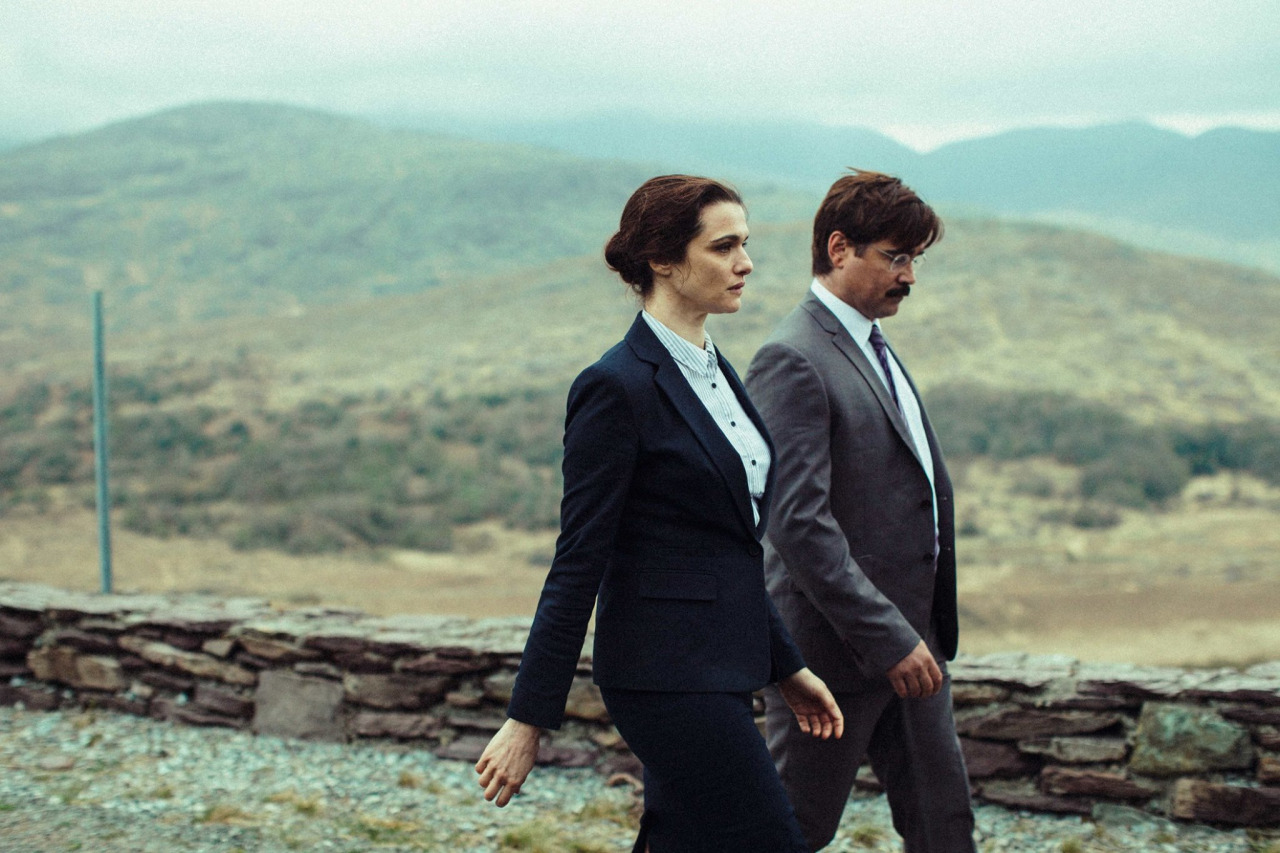
The leading figure of the Greek Weird Wave, Yorgos Lanthimos gained international recognition following his 2009 surreal drama Dogtooth and has become known for his deadpan dialogue, stilted characters and bizarre narratives ever since. His first film in the English language, The Lobster is indicative of Lanthimos’ style as it takes place in a dystopian alternate reality in which single adults are sent to a hotel and charged with finding a partner. If they do not find a suitable match after forty-five days, then they are transformed into an animal of their choosing.
Lanthimos’ cast is made up of an assortment of high-profile talent that thrive on playing alternative, outsider characters including Lea Seydoux, Ben Whishaw and John C. Reilly. The film’s star, Colin Farrell, never appeared fully comfortable as the “Hollywood Leading Man” that was expected of him at the start off the 21st century and, instead, over the last decade has excelled in heightened character roles, in films such as Horrible Bosses, Roman J. Israel, esq., and Matt Reeves’ upcoming The Batman, in which his depiction of Penguin appears that it will be anything but predictable.
All of the characters in The Lobster are somewhat uniformed to the flat, monotonous manner of the picture, with slight variations of personality seasoned across them. Although it is most definitely a part of his overall style, the awkward interactions between the lonely characters feel perceptively British as they struggle to maintain eye contact while dancing and make small talk about the weather.
The Lobster develops into an affective romance as Farrell’s David flees the confines of the hotel and opts to live in the woods with an outcast community of singles who, conversely, have banned any forms of romance. After David has given up any hope of finding love (or whatever the forced romance that is crafted at the hotel can be named) and has committed himself to a life of celibacy, he falls into a forbidden romance with a fellow member of his new tribe, played by Rachel Weisz. The general emotional sparsity and alienating atmosphere that has been created throughout the film serves to heighten the perception of love between the two characters as it is conveyed as the one authentic feeling that has ever occurred. After their romance is discovered by their cohorts and a tragic punishment is exerted upon Weisz’ nameless character, David cares for her with a truly beautiful tenderness and care. In the land of the unlovable, two errant souls have finally found each other.
6. Deep End (Jerzy Skowlimoski, 1970)
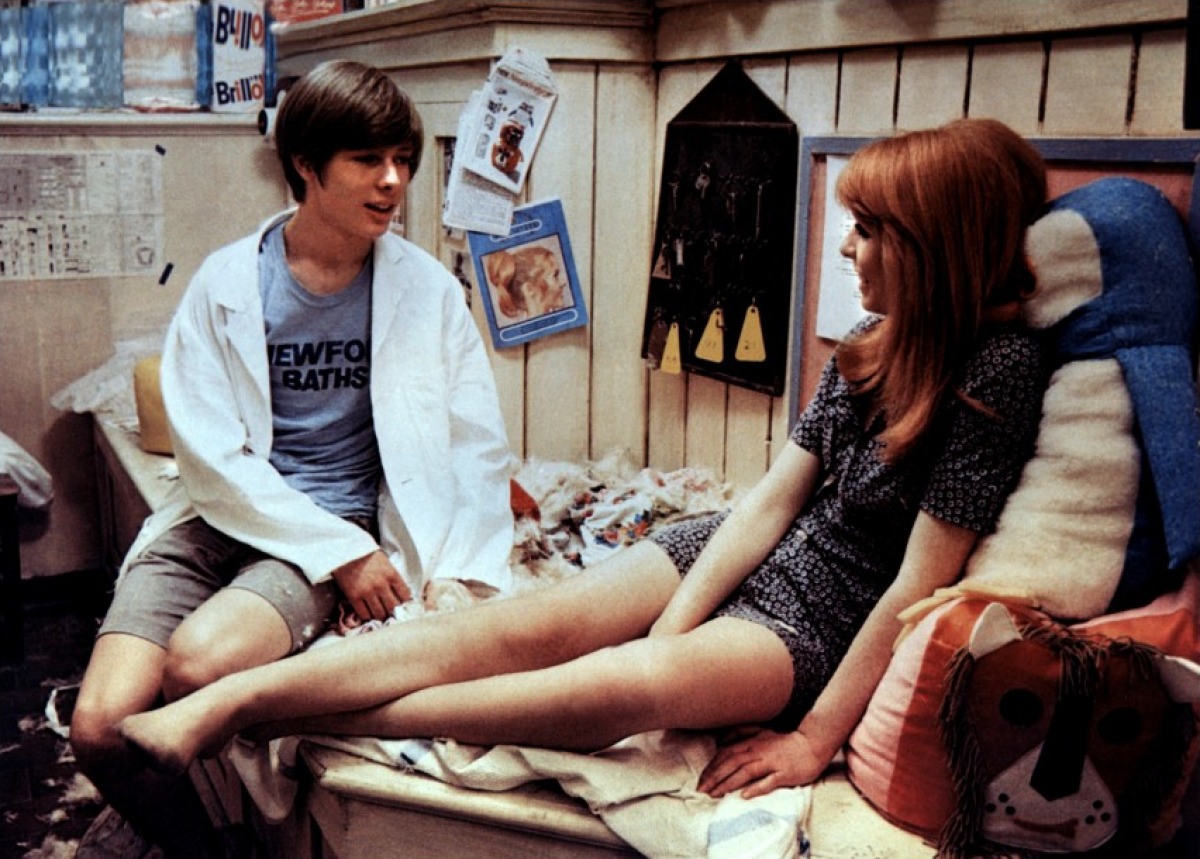
Exiled from his native Poland after the anti-Stalinist themes of is his 1967 film Hands Up!, Jerzy Skowlimowski fled to the U.K. where he made perhaps his most famous film to date, Deep End. The film follows fifteen-year-old Mike (John Moulder-Brown) at the start of his first job as an attendant at the local swimming baths. At first an awkward, anxious boy, Mike quickly becomes infatuated with his assured and beautiful co-worker Susan (Jane Asher). What starts as a light sex comedy, as Mike baffles his way through skirmishes with randy, middle-aged women and loaded conversations with Susan, soon takes a dark plunge as Mike becomes obsessive and possessive over the subject of his affection. Infused with the embers of the Swinging Sixties that were beginning to die around it, Deep End explores the seediness of Britain’s sexual underbelly that it had classically kept so reserved and presents the misogynistic dangers that often accompany pubescent boys’ sexual fantasies.
A lot of first sexual awakenings happen at swimming baths so it is logical that a sexual coming-of-age film about a young, shy virgin should primarily take place at one. A place where you are forced into close proximity with the scantily-clad and confronted by the nudity of strangers, they can be a very exciting yet intimidating place for confused adolescents. Skowlimowski at first pokes fun at this as Mike is, by today’s standards, sexually assaulted by a woman old enough to be his mother as she continually asks him if he likes football and finds great pleasure in recounting when George Best scored six goals against Northampton in one match. Clearly Skowlimowski understood the British passion for The Beautiful Game. When Mike accidentally stumbles into a brothel when escaping a chasing peep-show owner, you clearly see the newly-learnt precaution wave over Mike as he is asked by the prostitute once again if he likes football.
Moulder-Brown’s Mike may be Deep End’s protagonist but Asher’s Susan is the star. Both soft and sharp when she needs to be and unashamed of her sexuality, what easily could have been portrayed as a tease for Mike is presented as a woman who is trying to enjoy herself and lead a normal life while she is persistently objectified and tried to be owned by every man in her life. When Mike stalks her to an X-Rated cinema with her fiancé (who has forced her to go there against her wishes to begin with) and starts to touch her up as a “joke”, she turns around and kisses him in an act of part enjoyment and part frustration. Skowlimowski doesn’t judge Susan’s multiple sexual partners, rather he judges Mike for his extreme jealousy over someone that, for the most part, is largely uninterested in him.
The film’s climactic ending- in every sense of the word- could be read as punishing Susan after she is accidentally killed by Mike with one of the swinging swimming pool lights. However, it is much more an indictment of Mike for causing it by not letting Susan leave after a quick, misguided sexual encounter between the two, which he essentially blackmails her in to in the first place. By the films closing shots, Mike gets what he has wanted all along by having Susan all to himself. Deep End depicts the formation of an abusive, obsessive toxic masculinity as it takes seed in a boy and grows into a man.